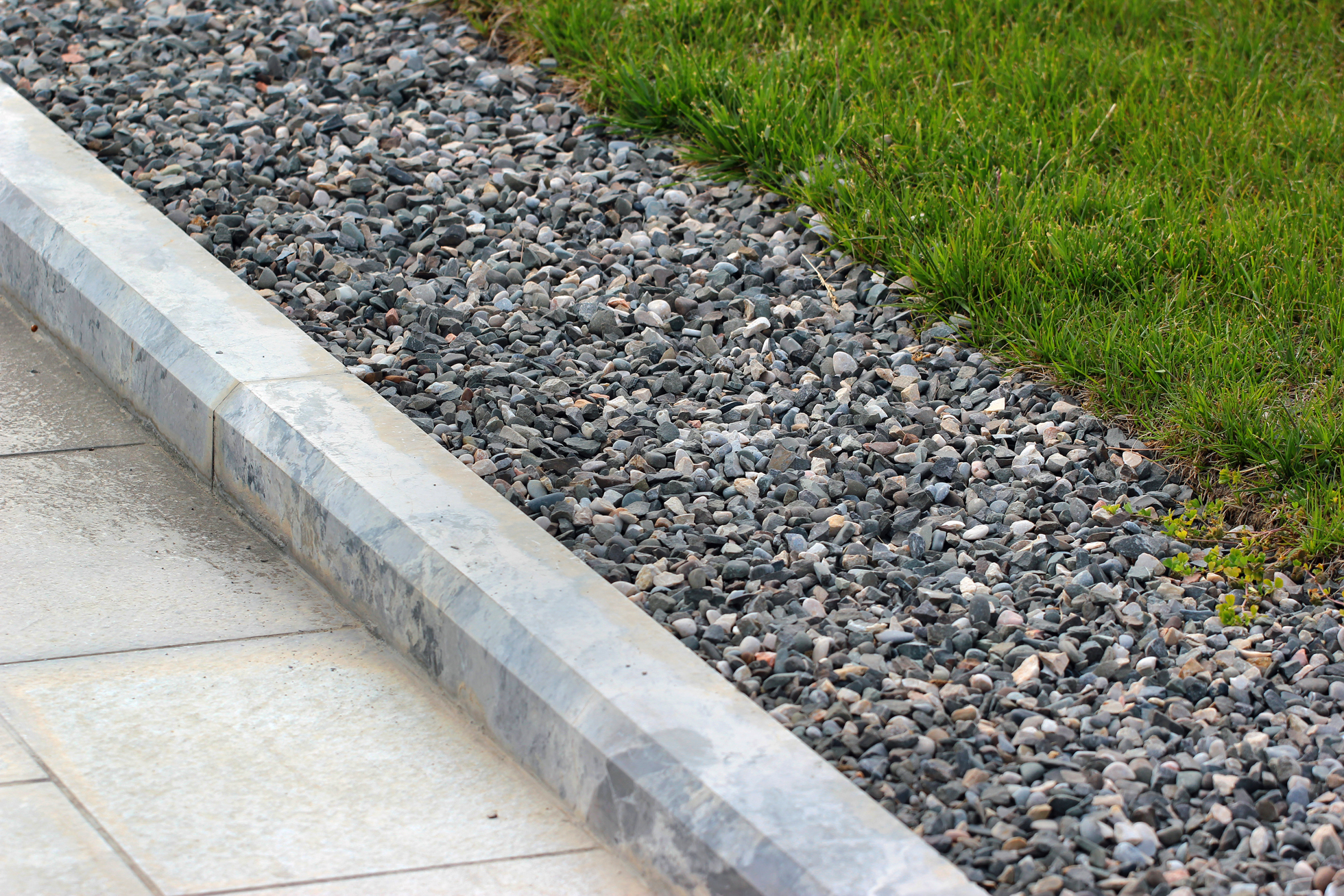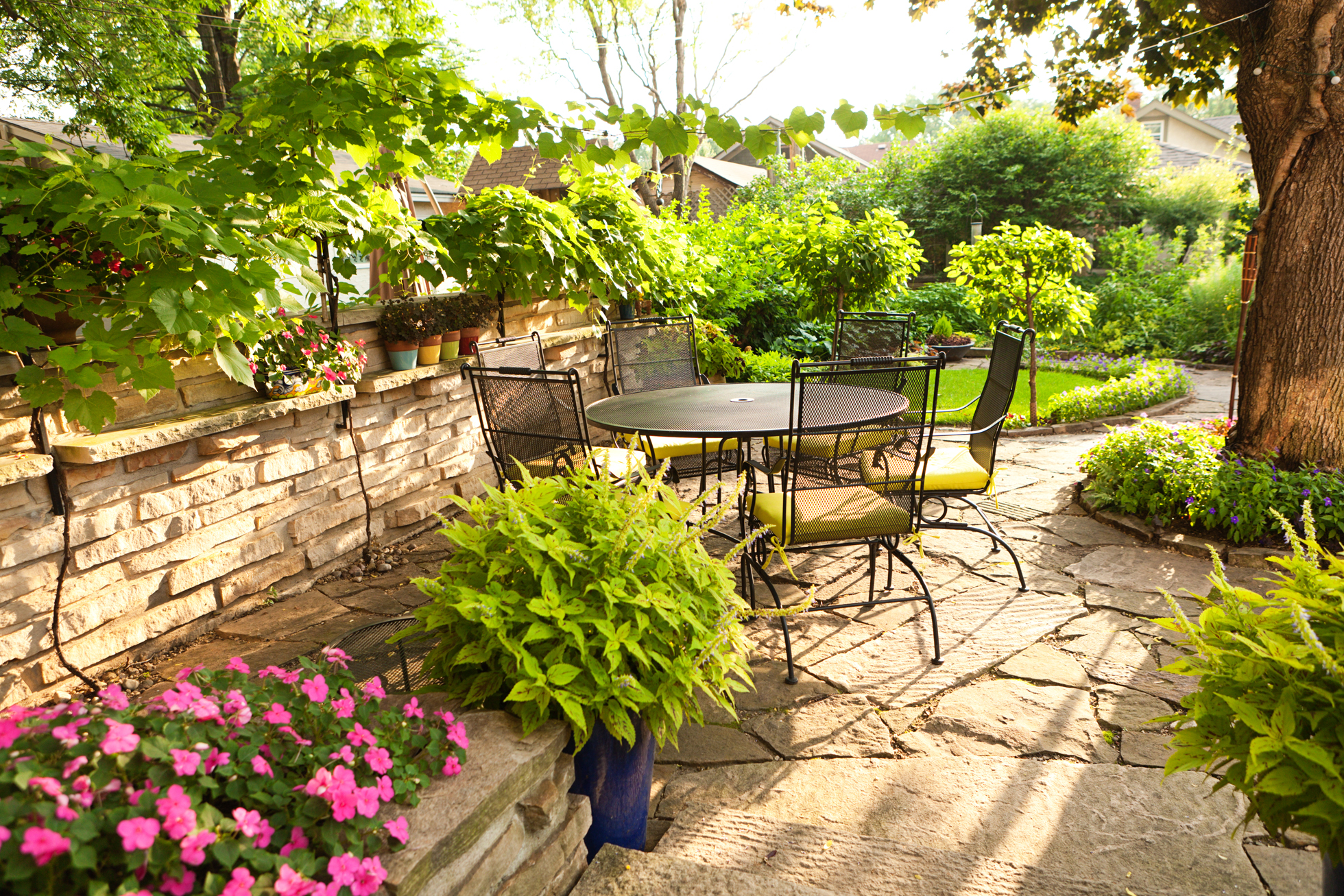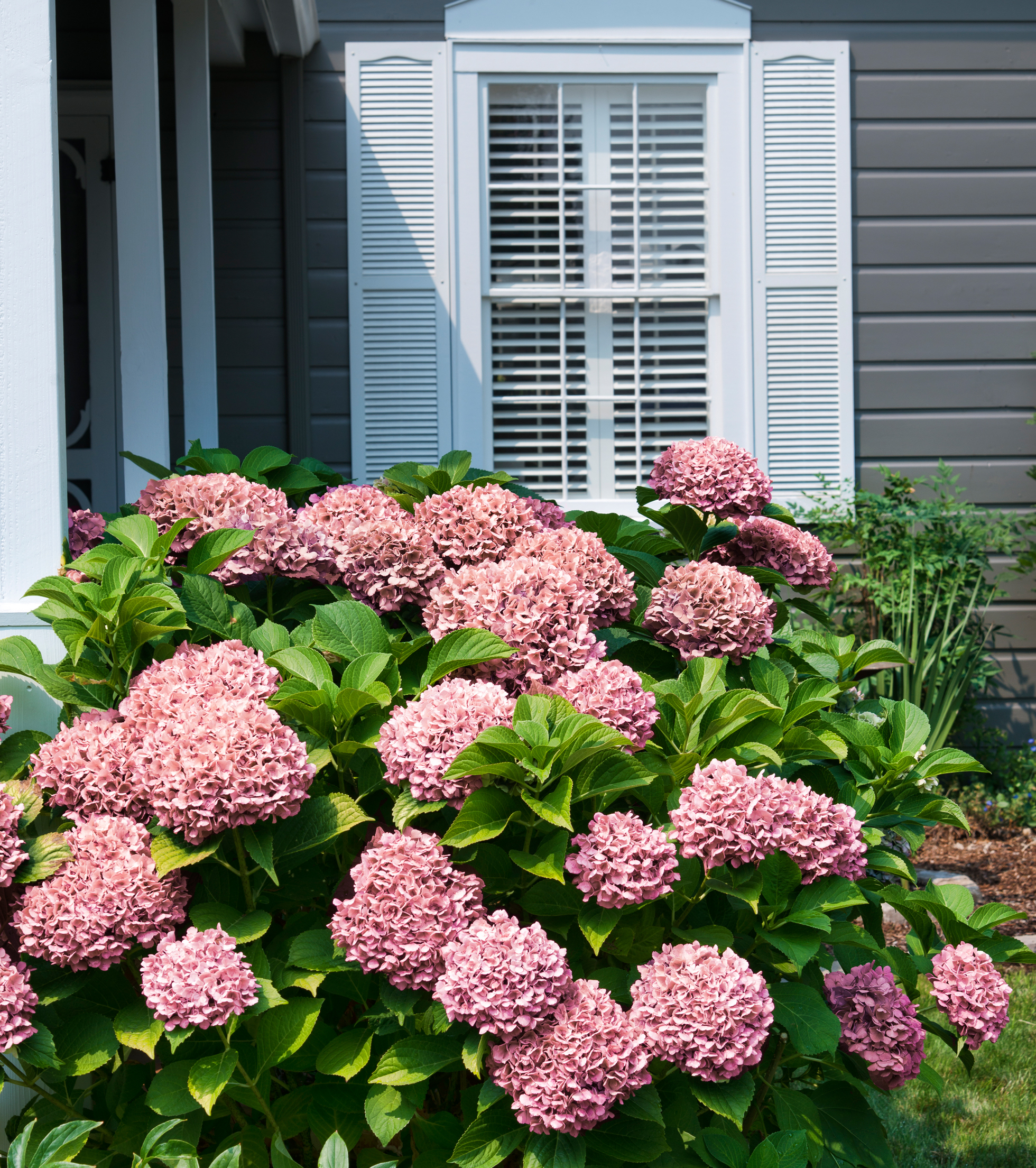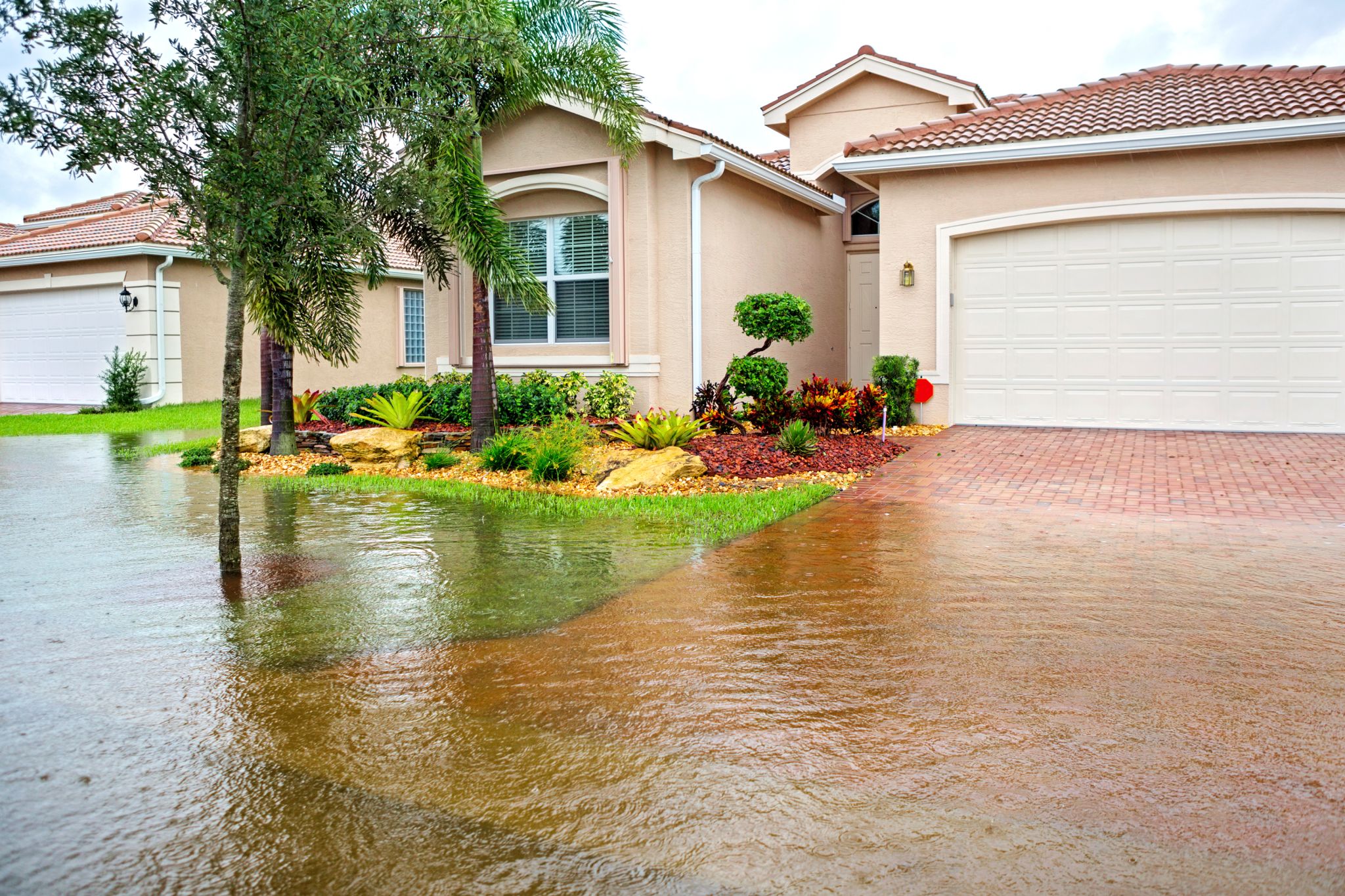Cleaning your gutters and trimming your trees may not seem like heroic tasks, but hey, when a thunderstorm is doing its worst outside, those mundane little jobs are your home's armor.
So suit up the whole place. These nine tips will get your home ready for disasters, like water damage to your home, power outages, and fires. (You'll save yourself a pretty penny, too.) You'll want to do some of these in certain seasons, when the tasks are easier. But keep all of them on your radar.
#1 Clean Gutters to Prevent Water Damage
It's a fairly simple task, but so easy to put off. Who wants to schlep out a ladder for an afternoon of gutter cleaning?
But clogged gutters mean storm water can overflow, saturating — and possibly penetrating — your home's foundation. Gutter buildup can also contribute to water seepage in your attic and damaged walls.
While you're scooping debris, check the downspouts for clogs by flushing them with water from a garden hose.
Or skip the hassle and hire a pro.
#2 Protect Your Roof from Storm Damage by Trimming Trees
You know what happens in severe storms. Tree limbs break away and fall. If huge tree limbs are dangling over your house, you're at risk for major roof damage. Cut back limbs to reduce their weight.
Also, make sure limbs are at least four feet above the roof. Tree limbs make great balance beams for critters to tumble into your attic, so don't make it easy on them.
#3 Install a French Drain to Keep Storm Water Away

A French drain — named after a guy named French, not the country — is a lightly sloped trench (one inch per eight feet) filled with round gravel and a pipe that diverts water away from your house.
The drain can be shallow or deep depending on whether you've got a soggy lawn or a bigger problem with water entering your basement during heavy storms.
#4 Prepare for a Power Outage With a Generator
An hour in the dark is inconvenient, but a power outage of a day or two — especially when it's 100 degrees outside — can be hazardous to your health (and pricey, when all your refrigerated and frozen foods spoil).
Invest in either a portable or standby generator, depending on how much you want to spend and how much power you need.
Generators vary by wattage output — the amount of power they can generate at one time. So check appliance needs. A four-slice toaster might use a whopping 1,650 watts – way more wattage than a portable AC unit (often under 500 watts).
#5 Prevent Fires With Hardscaping and a Tidy Yard

And you thought a well-maintained lawn and that flagstone patio were just for fab curb appeal (and to make the neighbors jealous). Au contraire. Stone doesn't burn.
You can also deprive flames of fuel by keeping the grass short and irrigated, removing dry leaves and dead plants, and pruning dead branches. If you needed extra motivation to get off the patio and get that yard work done, there you go.
Related: How to Prevent Fires in Your Fireplace
#6 Install Impact-Proof Doors and Windows
Think a door is just a door? When it's rattling on its hinges mid-storm, you'll change your mind.
Impact-resistant windows, doors, and garage doors can inhibit high winds that cause structural damage from entering your home.
Bonus: Impact-resistant features can also from intruders, reduce outside noise, and stop warm or cool air from escaping.
#7 Update Your Insurance
Sometimes you really do need to read the fine print.
Once a year, review your homeowners insurance to make sure you can rebuild your whole house in case of a disaster. See if your insurance adequately covers things like flood damage, too.
Plus, make updates based on recent home improvements, like that fancy burglar alarm you just installed, and ask about any new discounts.
#8 Check Fire Extinguishers
Scary stat alert: 660 people died in home fires in just the first two months of 2018.
While a fire extinguisher doesn't technically expire, it's possible for its seal to weaken over time, causing the pressure to drop and rendering it useless. Check that the locking pin is intact and the pressure gauge or indicator is pointing to "full." (Sometimes this is a green bar.)
And did you know you're supposed to keep a fire extinguisher on each floor? Or that different rooms require a different type of extinguisher? If not, a fire-safety shopping spree might be in order.
#9 Pick Wildfire-Wise Plants

Speaking of fires, homeowners too often don't consider how their plant choices help or hinder them.
Plants with stems that contain wax, terpenes, or oils are super flammable — as are junipers, hollies, eucalyptus, and pines.
Particularly if you live in a wildfire-prone area, choose fire-resistant foundation plantings like azalea, boxwood, hydrangeas, and burning bushes. (Ironic, right?)
Succulents, like sedum, have high water content and are less flammable. If you use bark mulch, which is highly flammable, keep it moist. Less flammable mulches are gravel, decorative rock, or bark-and-rock combinations. You can find a whole bunch of plants appropriate for your area at Firewise.org.
